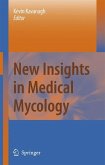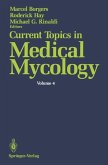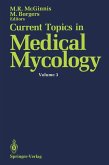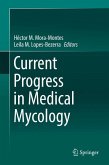Although the means of diagnosing and treating fungal infections have improved greatly over the last decade fungi still represent a serious threat to the health of immunocompromised and immunodeficient patients. The aim of this book is to give an in-depth assessment of our current understanding of the Biology of the main fungal pathogens and how they interact with the host's immune response. Each Chapter focuses on a specific fungal pathogen or group of pathogens and examines their biology and the factors that allow the fungus colonise and disseminate within the host. In addition each Chapter gives an indication of the challenges that remain to be tackled over the next 5 - 10 years in increasing our understanding of fungal pathogenicity. Each chapter is written by internationally recognized experts and this has ensured that the book is as comprehensive and authoritative a text as is possible to assemble.
From the reviews: "This book reviews the current information about fungal pathogens and examines how they interact with humans. ... International experts on fungal organism who contributed to this book have given valuable insight into these pathogens. ... a book that would be useful for researchers in the area of antifungal agents as well as vaccines. It would also be useful for physicians treating patients at risk for fungal infections. ... Overall, it will be a useful source for information on fungi and how they infect humans." (Rebecca T. Horvat, Doody's Review Service, July, 2008)








